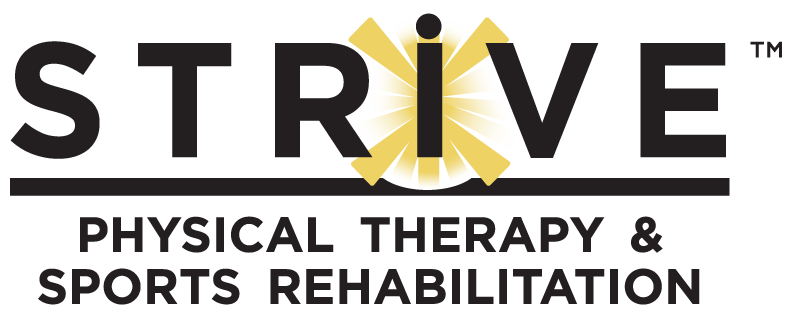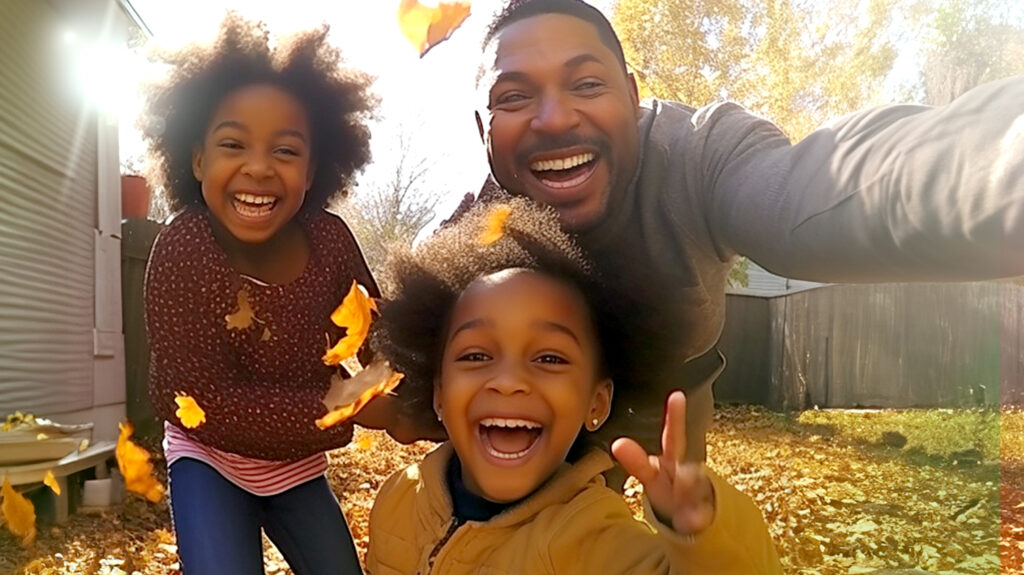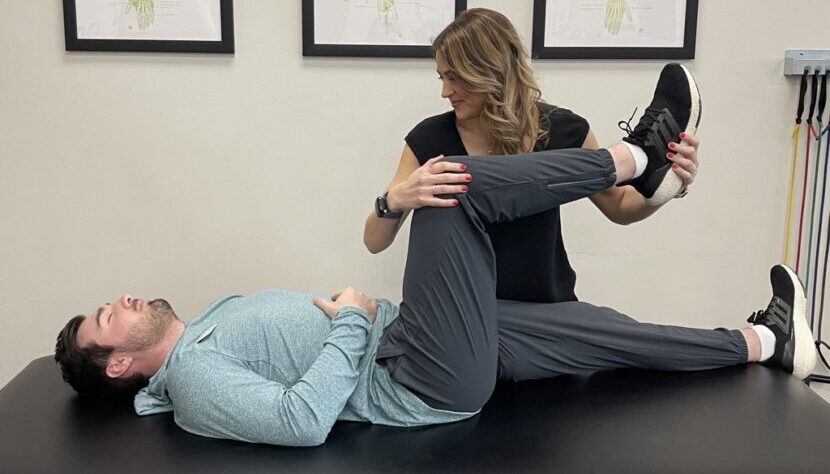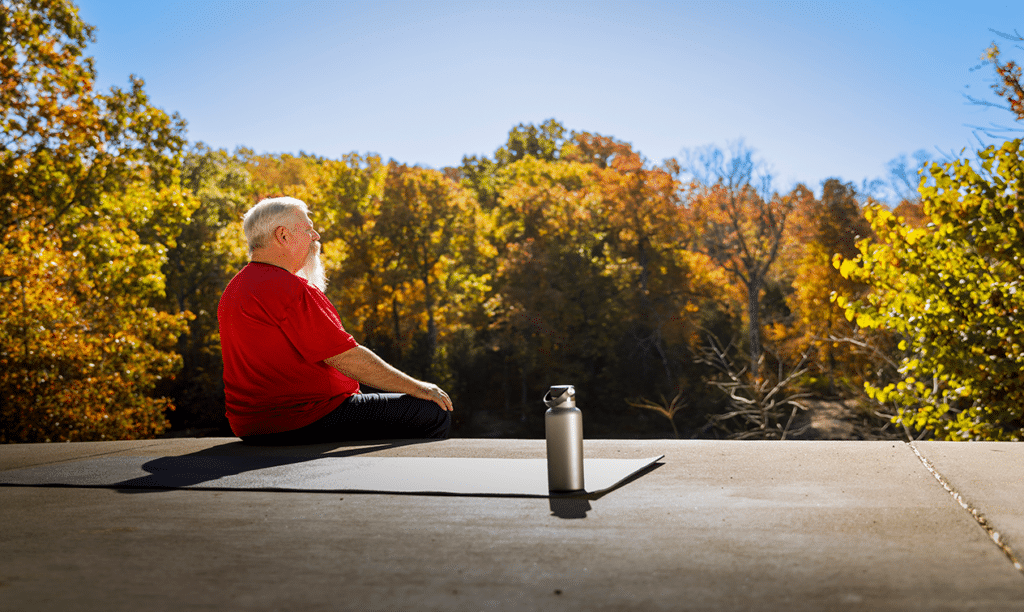We know that dance athletes go through demanding rehearsal schedules, rigorous routines and countless performances. We’re proud to provide specialized treatment to these performers to not only help dancers fully recover from an injury, but to also prevent future injury.
A majority of dance injuries are from overuse of joints and muscles. A big part of physical therapy is correcting the motor control that led to the injury as well as instilling a program to address muscle imbalances. Otherwise, you risk hurting yourself again by making the same mistake. We strive to not only help dancers fully recover from injury, but also to prevent injury in the future by coaching on muscle recruitment, body mechanics and proprioception.
Stasia Bahring, physical therapist and Clinical Director of our Sewell location, is one of Strive’s dance specialists. Stasia graduated from the Richard Stockton College of New Jersey in 2009 with her Doctorate degree in Physical Therapy. With undergraduate degrees, Bachelor of Fine Arts in Dance Performance and Bachelor of Science in Biology, she has been dancing, performing and teaching throughout her scholastic studies and beyond. She has advanced teaching certifications through the Cecchetti Council of America in the Cecchetti method of ballet which gives her an intimate knowledge of the physical demands, injuries and pressures of performing artists. While continuing to blend passions for the physical therapy and dance professions, she is certified in Active Release Technique for the lower extremities, Progressing Ballet Technique (PBT), and head of Strive’s Performing Arts Significant Interest group. She was able to sit down with us and answer some questions about Dance Rehabilitation.
What are the biggest differences then working with an athlete who plays sports like football/basketball etc vs an athlete who is a dancer when it comes to PT?
One of the great things about dancers is their flexibility. The art to rehabilitation is to make sure that the dancer is able to move as they once did throughout their full range. On top of that will be a restoration of endurance and power for performance.
What are some common dance injuries you’ve seen?
The most common area of injury for dancers is the lower leg, particularly the foot and ankle. 1 in 5 dancers will experience an injury at this location with some dancers experiencing repetitive injury. Second to the foot and ankle is the hip and knee. Low back pain is very prevalent in dancers and can, unfortunately, be a site of serious injury if there is a stress fracture from hyperextension and repetitive bending and landing.
What will happen during a dance-specific evaluation?
The first day will play out like an orthopedic exam, looking at ROM, strength, balance, function, mechanics and motor control. Given the severity of injury or post operative status, we can look at jumping and landing on day one. If not, that’s for a later date. Once you’ve gone through and achieved 80% of ROM and strength in the affected limb, you will go through a dance specific screening. This will highlight which sport specific areas require further rehabilitation. If there is a goal to return to pointe work, there is an additional research based pointe readiness assessment that will be performed.
Will I be dancing during my appointment?
Of course! That’s the best part of our PT sessions. Once the initial pain, dysfunction, or injury has resolved enough to get into dance specific positions, we go at it. We want you to be able to get back to what you love. There’s a graduated progression into dance specific movements of jumping and turning as performing those on a previously injured limb can feel scary or strange. We will work on strength through a dancer’s FULL range and then put that range into motion.
What should I bring?
Usually work-out clothes will be the best. It will depend if we need access to skin for manual techniques such as ART or Graston to reduce pain and increase motion. For those dancers that are looking to get back into pointe shoes, we will look at strength and mechanics of movements in your pointe shoes.
Stasia Bahring, PT, DPT, LSVT BIG… Read Stasia’s bio here.
More questions about Dance Rehabilitation and where our dance specialist physical therapists treat? Email Stasia directly at [email protected] !



